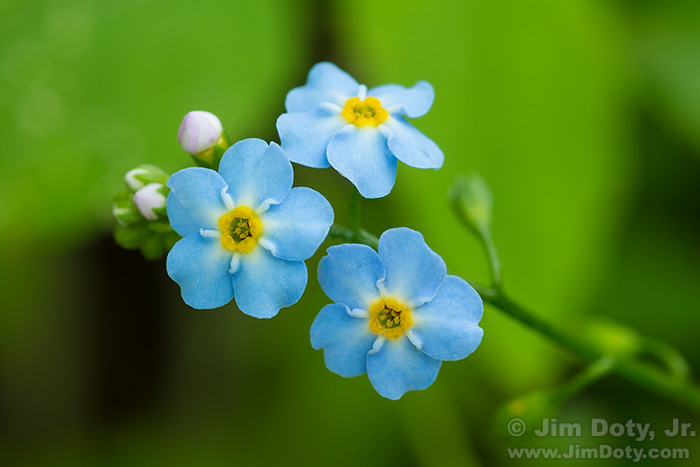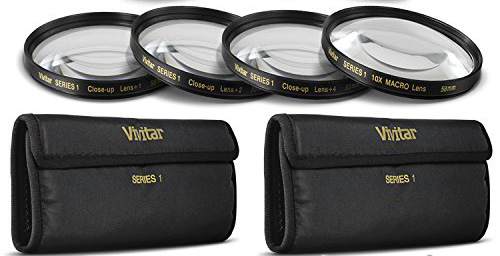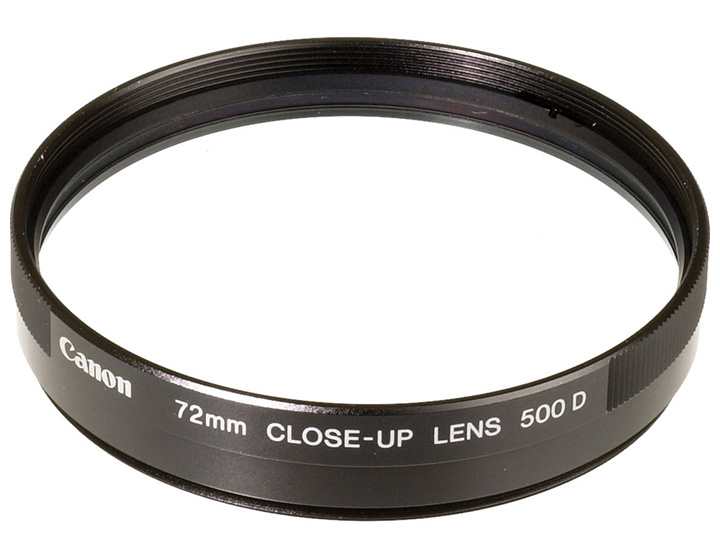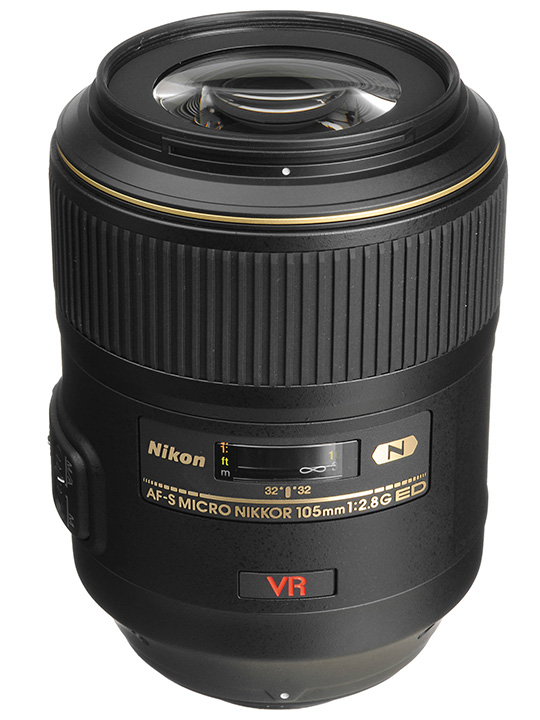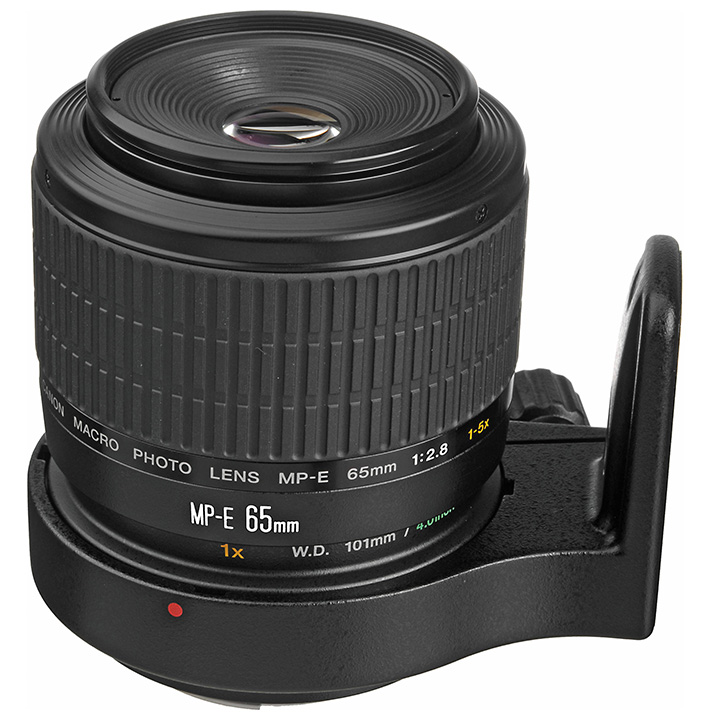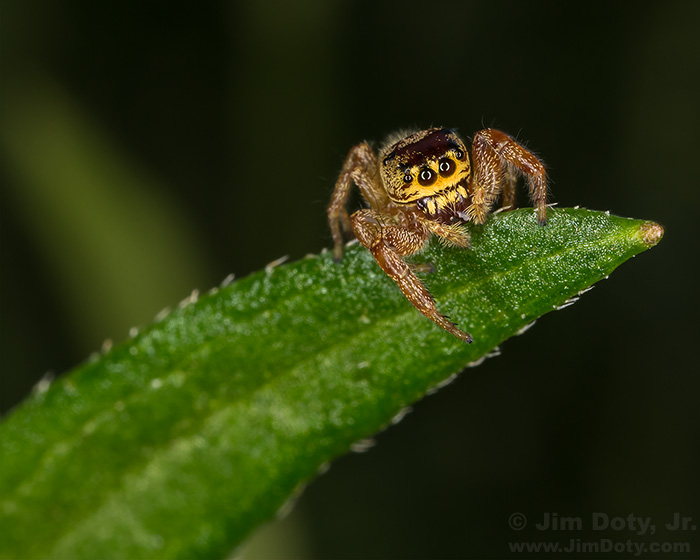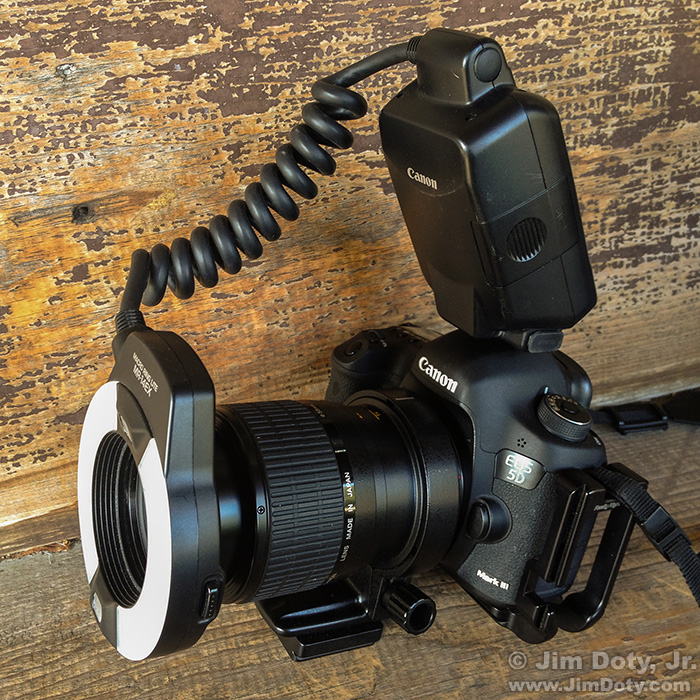There are several ways to do closeup photography. Closeup filters, extension tubes, and macro lenses are the most commonly used options. The best gear for you depends on your preferences, how you want to work, the subjects you are after, how much stuff you want to carry, and what you want to spend. I cover your best options.
Posted Nov. 22, 2016. Updated and expanded Dec. 9, 2016.
Single Element Closeup Filters
Single element closeup filters are the least expensive way to get started. It is also the way I recommend most people start out because of the low cost involved. You can get a set of four single element closeup filters for $20 – $30 depending on the filter size you need for your lens. Single element closeup filters are marked with their diopter (magnification) strength. A typical set could be +1, +2, +3, and +10. The higher the number, the stronger the magnification. You can also stack them using 2 or more filters but with a drop in image quality. It is best to use just one or at most two of them. Single element closeup filters work best on normal focal length lenses from 30-70mm. The brand of single element closeup filters doesn’t matter a lot but I am a bit partial to the Vivitar sets.
There is one disadvantage and that is optical quality. Single element closeup filters are reasonably sharp in the center of the frame but soft toward the edges. So the most economical way to do closeup photography has the poorest quality. But, you can do respectable work when photographing thee dimensional subjects. They don’t work well with flat subjects like a stamp collection. Still, the price is so low that it is the way I recommend most people get started. If they really love closeup photography they can move up to a more expensive option. If they don’t, they are only out $20 – $30.
Double Element Closeup Filters
Double element closeup filters are much better in optical quality than single element closeup filters, but they also cost $90 – $140 depending on the filter size you need for your lens. One of the best options is the Canon 500D double element closeup filter (which Canon calls a “lens”, but they really do screw on to the front of your lens like any other filter). Although made by Canon, the Canon 500D closeup “lenses” will screw on to any brand of lens provided you get the right size. Canon 500D double element filters are designed for lenses with a longer focal length, ideally around 200-300mm. Canon 500D closeup filters are very sharp in the center of the frame and pretty sharp out to the edges. If you decide you really like closeup photography, this is a great option.
Extension Tubes
Extension tubes are another great option. The longer the tube, the more magnification you will get. They work with any kind of lens, but you need an extension tube that works with your brand of camera and lenses. The shorter the focal length of the lens, the more magnification you get. So you get four times as much magnification using an extension tube with a 50mm lens as you as you would get using the same tube with a 200mm lens. Quality is very good, right up there with double element closeup filters. The big disadvantage is working distance. Using an extension tube can put the front of your lens within mere inches of your subject. That is fine for stamps or coins or flowers or a spider too busy eating its prey to pay attention to you, but it won’t work for butterflies and other skittish subjects.
In comparison, a double element closeup filter on a long lens can give you the same magnification with a working distance of about 18 inches to 2 feet (or more) on a typical telephoto zoom lens.
A set of extension tubes will cost about $125 and you get three extension tubes. You can stack the tubes for more magnification (which could put the front of your lens less than an inch away from your subject).
Macro Lenses
Finally there are macro lenses. This is the highest quality way to do closeup photography. The two disadvantage are price and size. Macro lenses are the most expensive closeup option and they take up a lot more room in your camera bag than a filter or extension tube. The optical quality is as good as it gets from the center to the edges of the frame. Canon labels their macro lenses “Macro” and Nikon labels their macro lenses “Micro Nikkor”.
A 100mm macro lens will cost several hundred dollars or more and a 180 or 200mm macro lens will cost well over $1000. The advantage of a 180 or 200mm macro lens over a 100 or 105mm macro lens is about twice the working distance between your subject and the front of your lens. Macro lenses in the 100 – 200mm focal length range have a 1X maximum magnification which means you can fill the frame with a subject the size of a postage stamp. If you want more magnification than 1X you need to put one or more extension tubes between your camera and the macro lens.
Camera, lens and tripod set up for the photo of Forget-Me-Nots at the top of this article.
Specialty Macro Lenses
Canon also has a specialty macro lens, the Canon Macro Photo MP-E 65mm 1-5X Lens. Ordinary macro lenses, like the ones in the prior section, can focus to infinity which means they can be used like any other lens when you aren’t doing closeup work. However the Canon 1-5X macro lens can’t focus to infinity. It is limited to a magnification range of 1X to 5X which means it can’t photograph anything bigger than a postage stamp. You are limited to small subjects that are postage stamp sized or smaller. This makes it a highly specialized lens which you can only use for small subjects. The good news is it gets all the way to 5X magnification without any additional accessories so you can fill the frame with a subject only 1/5 of an inch in height. Working distances are extremely close with subject that are often an inch or less from the front of the lens. At such close working distances the 1X-5X macro lens often casts a shadow on the subject so a Canon MR-14EX Macro Ring Lite is often a necessity. The ring lite clips on the front of the 1-5X lens (see the photo farther down the page) and you can use it with some other Canon macro lenses.
This lens will set you back about $1,050 so you REALLY need to be sure you are serious about this kind of photography before you invest in this lens. But if this is your thing, this lens is amazing. The last time I checked the Ring Lite will cost about $280 used. When you click on the purchase link below you will see this message.
 Just click on the “Buy at Amazon.com” button to purchase the ring lite from one of Amazon’s third party sellers.
Just click on the “Buy at Amazon.com” button to purchase the ring lite from one of Amazon’s third party sellers.
This Metaphid Jumping Spider was photographed with a Canon MP-E65mm f/2.8 1X-5X Macro Photo lens at 2X magnification and a Canon MR-14EX Macro Ring Lite.
 This will give you an idea how tiny this metaphid spider is.
This will give you an idea how tiny this metaphid spider is.
Getting Started
Don’t spend too much money at first until you are sure you love this kind of photography. I suggest you get a set of single element closeup filters and use them on a medium focal length lens (30-70mm). That might be all the closeup gear you will ever need.
If you decide you want to step up to a higher quality option, double element closeup filters or extension tubes is the way to go next depending on the subjects you like to shoot. If you shoot nervous critters like butterflies, put a double element closeup filter on a longer focal length zoom lens (something that zooms to 200-300mm). If you shot non-moving, non-nervous stuff (coins, flowers, spiders) get some extension tubes to use on your medium focal length lens (30-70mm).
If you put some time into closeup photography and decide you are really into it and are ready to step up to the ultimate in quality, you can think about choosing a macro lens.
Here are some links to closeup gear at Amazon via my photography store. Same great Amazon prices and guarantee. [Both Nikon and Canon links are in the Links section below.]
This link is to several single and double elements closeup filters in various sizes.
And this link is to a Vivitar filter set with four closeup filters in a 58mm size for $22.99. I think both of your lenses take 58mm filters but I would check the front of your lenses to be sure.
This is an extension tube set that works with Canon digital cameras and EF mount lenses.
Let me know if you have any questions.
Happy Shooting!
Jim
Photo Data
Forget-Me-Nots: Canon 5D Mark III. Canon EF 100mm macro lens. 1/10 sec, f/9, ISO 400.
Metaphid Jumping Spider: Canon 5D Mark III. Canon MP-E65mm f/2.8 1-5x Macro Photo lens at 65mm and 2X magnification. f/16, 1/60 second, ISO 800. Canon MR-14EX Macro Ring Lite.
Book Links
To learn more about closeup photography, read the closeup chapter in Digital Photography Exposure for Dummies, one of the highest rated photography books at Amazon.com. Learn more here and order it here.
When you are ready to move on to advanced closeup photography techniques, read Closeups in Nature by John Shaw.
Series Link
This is one in a series of articles that will guide you to the best of all things photographic. The rest of the articles are here: Buyer’s Guide: Recommendations For The Best Photography Equipment, Software, Books, Magazines, DVDs, Online Photo Labs and More.
Purchase Links
Several single and double elements closeup filters in various sizes. These will work with any brand of camera lens. Make sure you get the right size for the filter threads on your lens.
Kenko extension tube set for Canon digital cameras and EF mount lenses. Unfortunately, Canon has discontinued their own brand of extension tubes. Kenko is a respected alternative brand for extension tubes.
Kenko extension tube set for Nikon AF digital and film cameras
Canon MP-E 65mm 1-5x macro lens
Canon MR-14EX Ring Lite for Canon Macro lenses

